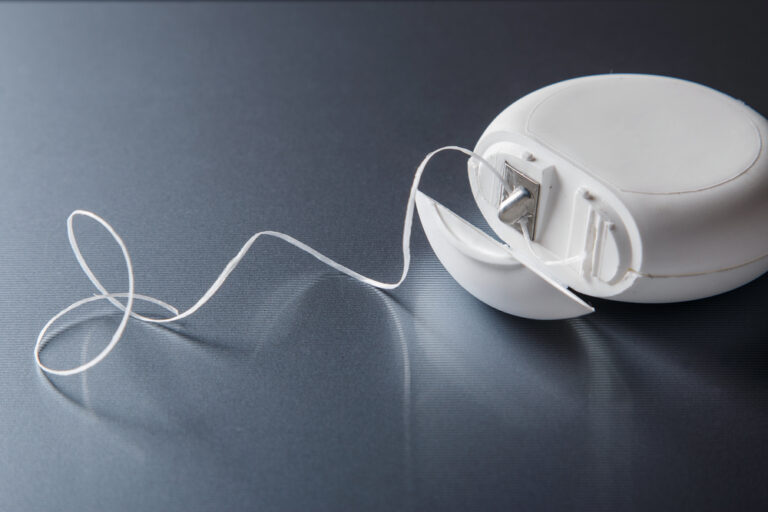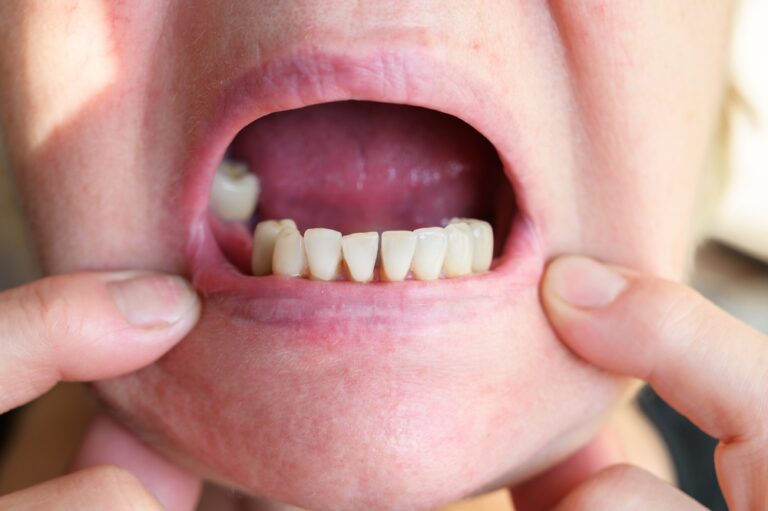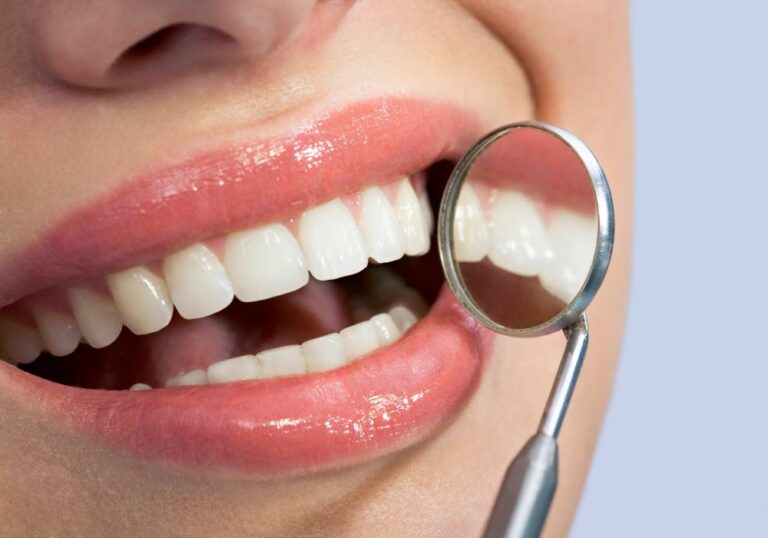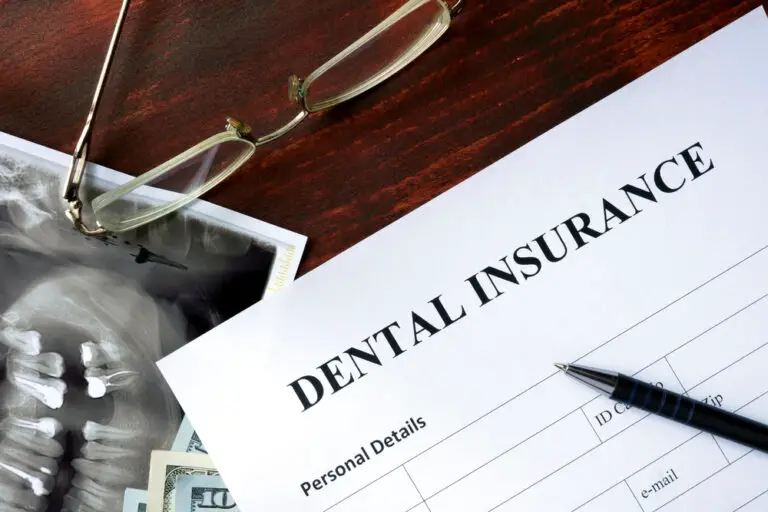Introduction to DNA in Teeth
Teeth provide a valuable source of DNA for many applications in forensics, archaeology, and personalized medicine. Both ancient and modern teeth contain DNA within the inner pulp chamber that can be extracted and analyzed for a variety of purposes. While bones also offer DNA, teeth are often better preserved over thousands of years and survive harsh conditions that bones cannot.
This article will provide an in-depth overview of DNA extraction from teeth. It will cover:
- The structure of teeth and where DNA is located
- Methods of extracting and analyzing DNA from teeth samples
- Factors that affect the quality and quantity of recovered DNA
- The many uses of dental DNA in forensic investigations
- Limitations and challenges when using dental DNA evidence
Understanding the techniques of dental DNA analysis provides insight into this growing field at the intersection of genetics, forensics, and archaeology.
Tooth Structure and Composition
Human teeth consist of multiple mineralized tissues that protect the inner pulp chamber containing nerves, blood vessels, and connective tissue. Here are the main structural components of teeth:
- Enamel – The visible outer layer composed almost entirely of crystalline calcium and phosphate minerals. Enamel does not contain DNA as it lacks cellular structures.
- Dentin – Located beneath the enamel, dentin makes up the bulk of each tooth. It is a bone-like tissue with 70% inorganic minerals and 20% organic material by weight, primarily collagen protein fibers. Dentin contains a small number of cells called odontoblasts that produce the dentin matrix. These odontoblasts have DNA, but at low levels.
- Cementum – This mineralized tissue covers the tooth root and attaches it to the alveolar bone of the jaw. Cementum contains cementoblasts which lay down the extracellular cementum matrix. The cementoblasts have DNA but decompose after cementum formation.
- Pulp – At the center of the tooth is pulp, containing soft connective tissue, blood vessels, and nerves. The cellular components of dental pulp provide the richest source of high quality DNA from teeth.
- Periodontal ligaments – These fibers attach the tooth root to the bony socket and also contain remnant DNA from cellular material.
In general, the pulp offers an abundant supply of DNA, while dentin, cementum, and ligaments may contribute small amounts of recoverable DNA.
Obtaining DNA from Dental Pulp
Since pulp contains the highest concentration of DNA-containing cells in teeth, most methods aim to access and remove the soft pulp tissue protected by hard enamel and dentin. Here are three standard procedures used by forensics labs and scientists working with tooth DNA extraction:
Accessing the Pulp Chamber
This is the most direct way to obtain dental pulp. It involves surgically drilling an opening through the tooth surface to reach the pulp chamber. This must be done carefully to avoid excess heat and drilling through the chamber floor. Common steps include:
- Using dental x-rays to locate the pulp chamber
- Clamping the tooth in place while drilling vertically into the enamel and dentin
- Removing the drilled roof of the chamber to expose pulp tissue
- Extracting the pulp with small, sterile instruments into a DNA-free microcentrifuge tube
- Performing DNA isolation and purification on the fresh or frozen pulp
Pros – High DNA yields from direct pulp sampling
Cons – Destructive drilling damages tooth structure
Grinding or Pulverizing the Whole Tooth
Instead of drilling, the entire tooth is crushed or powdered to release DNA from all tooth structures at once. Steps include:
- Cleaning and sterilizing the intact tooth surface
- Pulverizing into a coarse powder with a grinder or freezer mill
- Further homogenizing powder until very fine using a high-speed mixer or bead mill
- Performing cell lysis and DNA extraction on the resulting powder
Pros – DNA obtained from all tooth components
Cons – Lower purity due to more contaminants in powder
Chemical and Enzymatic Digestion
This non-drilling approach uses chemicals, detergents, or enzymes to digest away non-DNA material and access enclosed DNA. For example:
- Use of proteinase K enzyme to digest structural proteins
- Collagenase digestion to break down collagen fibers
- Chelex ion exchange resin to help purify released DNA
- Chemicalextraction buffers containing EDTA, SDS detergent, DTT
Pros – Avoids complex tooth drilling or grinding
Cons – Harsh chemicals can degrade DNA
Analyzing DNA from Teeth Samples
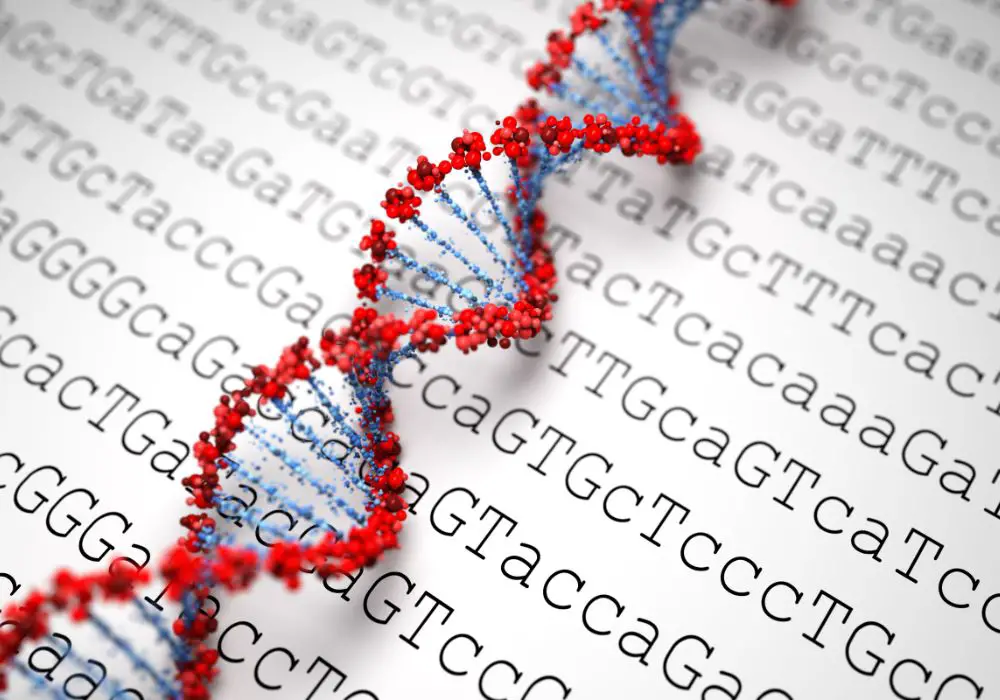
Following extraction and purification, the recovered DNA is analyzed using standard molecular biology techniques:
- Quantification – Determine the total amount of DNA present by spectrophotometry or fluorometry. Ideally 1-10 micrograms is needed.
- Gel electrophoresis – Look at DNA on an agarose gel to assess the size distribution. High molecular weight DNA stays high in the gel while degraded DNA runs faster and lower.
- Polymerase chain reaction (PCR) – Amplify specific DNA regions using primers and DNA polymerase. This boosts signals for genetic analysis.
- DNA sequencing – Determine the precise nucleotide sequence of amplified PCR products. Compare to DNA databases to identify genetic relationships.
- DNA microarrays – Hybridize dental DNA fragments to probes on a microarray chip to detect thousands of known polymorphisms and gene sequences simultaneously.
These and other DNA analysis methods allow genetic profiles to be obtained from even small amounts of degraded DNA extracted from ancient or forensic teeth samples.
Factors Affecting DNA Preservation in Teeth
The yield and quality of recoverable DNA is highly dependent on the condition of the tooth sample. Here are key factors affecting preservation of DNA in teeth over time:
Age of Tooth
Younger teeth offer high quality DNA. Deciduous baby teeth provide more intact DNA than permanent adult teeth from the same individual. Pulp volume and cellularity decrease as teeth age, lowering DNA content.
Post-mortem Interval
A short time between death and tooth extraction allows for minimal DNA breakdown. Long post-mortem intervals lead to autolysis and microbial destruction of DNA. Refrigeration or frost slow degradation.
Microbial Activity
Bacterial growth in the mouth and ground promotes enzymatic DNA digestion and chemical alterations. Teeth protected from microbes maintain DNA integrity longer.
Environmental Exposure
Heat, humidity, and UV radiation accelerate DNA fragmentation via hydrolysis and oxidation. Teeth preserved in cold, dry, or dark conditions have extended DNA survival.
Dental Procedures
Fillings, implants, cleanings, and extractions reduce viable pulp and DNA content. Treated teeth yield lower DNA than naturally intact teeth.
Sample Contamination
Bacterial, fungal, or foreign human DNA introduced during handling or washing degrades sample purity. Proper sterile procedures limit exogenous DNA sources.
DNA Extraction Method
Harsh chemicals or enzymatic reactions during extraction can fragment or damage DNA. Gentler methods better preserve DNA length and structure.
Applications of Teeth DNA Analysis
Analyzing DNA from properly preserved teeth has provided valuable insights in many scientific fields:
- Forensic Identification – Matching DNA profiles from teeth to reference databases helps identify unknown victims and links suspects to crimes through dental evidence.
- Anthropological Research – Ancient DNA from fossilized teeth can shed light on early human migration patterns, population bottlenecks, and phylogeny.
- Archaeological Studies – Dental DNA reveals kinship, disease, diets, and mortality in past civilizations based on sampled remains.
- Genealogical Insights – Genetic relationships between individuals or ancestral lines can be elucidated by comparing DNA sequences from teeth or bone samples.
- Legal Proceedings – DNA evidence derived from teeth can affirm or reject claims of family relationships in immigration, inheritance, or custodial cases.
- Health and Disease – Oral bacteria and host DNA from saliva on teeth provides clues about pathogen transmission, infection risk, and biomarkers of illnesses.
- Forensic Identification – Matching DNA profiles from teeth to reference databases helps identify unknown victims and links suspects to crimes through dental evidence.
Clearly, many fields are now taking advantage of DNA in teeth to uncover new information related to ancestry, kinship, health, and history.
Limitations of Dental DNA Evidence
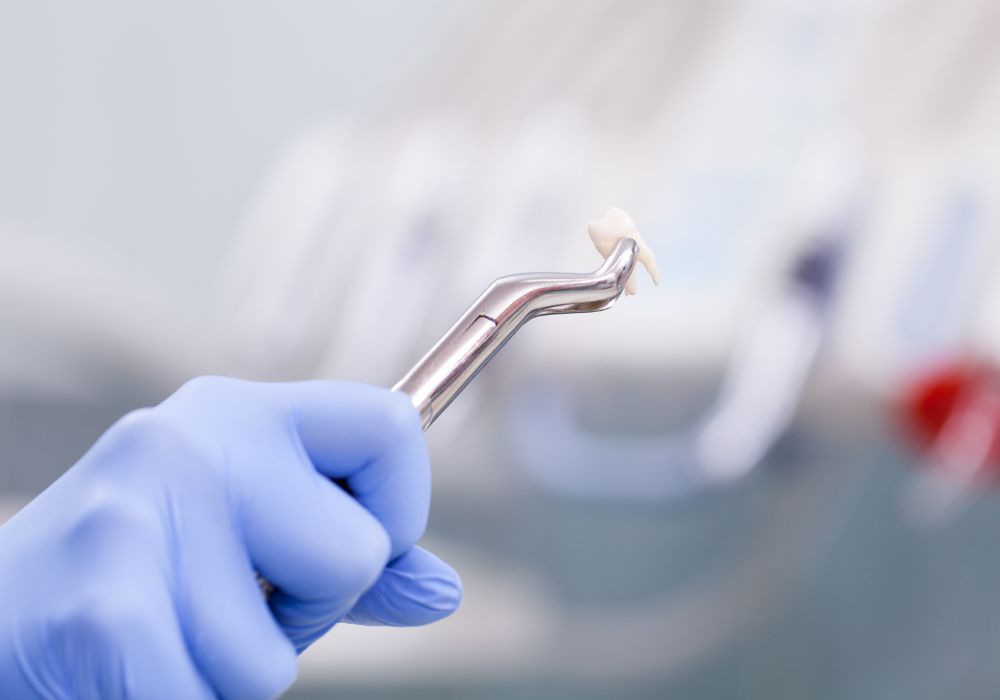
Despite their usefulness, teeth do present limitations when used as a DNA source:
- Low DNA quantity – Heavily processed or aged teeth yield very limited amounts of DNA.
- Incomplete DNA profiles – Degraded DNA fails to amplify at certain genetic loci, producing partial profiles.
- DNA contamination – Bacteria, lab reagents, or handlers can introduce foreign DNA and skew results.
- DNA degradation – Heat, light, humidity, and aging break DNA into smaller fragments over time.
- Destructive sampling – Accessing the pulp chamber may damage the tooth structure extensively.
- TECHNICAL CHALLENGES – Amplifying and sequencing highly fragmented, damaged, or chemically modified ancient DNA requires special techniques.
- Uncertain significance – The genomic meaning or clinical relevance of observed dental DNA mutations may be unclear.
- Costly testing – Advanced dental DNA extraction, capture, and analysis is expensive compared to methods with modern samples.
Researchers continue developing better dental DNA methods to overcome these limitations through more precise extraction protocols, rapid whole genome amplification, and advanced sequencing platforms.
Conclusions
Teeth represent an abundant source of DNA that protects valuable genetic material for millennia after death. When properly recovered and analyzed, DNA from dental tissues can provide a wealth of information about human ancestry, custom, disease, forensics, and history. While dental DNA has some limitations like fragmentation and contamination, the field continues to progress with new innovations to extract DNA and glean insights impossible by other means. Unlocking and interpreting the DNA hidden within our teeth will open new avenues of research for many years to come.
Frequently Asked Questions
Can you get a full DNA profile from a tooth?
It is possible to get a complete DNA profile from the pulp of newly extracted teeth. However, older teeth or fossilized teeth typically yield only partial DNA profiles due to degradation over time. Advanced extraction methods and sequencing techniques maximize recovery of DNA from aged teeth.
What tooth is best for extracting DNA?
Back teeth (molars and premolars) provide the highest DNA yield because they have large pulp chambers. Front incisors have less pulp and DNA content. Wisdom teeth are also excellent choices for DNA analysis.
Is baby tooth DNA different than adult DNA?
No, baby teeth contain the same DNA and genetic information as adult teeth and other cells from that individual. However, baby teeth tend to provide more intact and abundant DNA versus adult teeth from the same person.
Can DNA be obtained from dental crowns or dentures?
Dental crowns, fillings, dentures and bridges do not contain living cells needed for DNA analysis. Only biological material like pulp, ligaments, or gingival tissue offers potential DNA.
How long does DNA last in teeth?
Given ideal preservation conditions like freezing or desiccation, DNA in teeth can persist for over 100,000 years. Under typical environmental conditions, identifiable DNA lasts around 50-100 years in teeth before degrading. Proper extraction and analysis methods maximize usable DNA from aged teeth.

